Multiplication of a Decimal by a Decimal
The topic deals with multiplication of a decimal number by another decimal number. For multiplying two decimal numbers we first need to ignore the decimal point in both the numbers and do the multiplication as we do it in case of whole numbers. After completing the multiplication then we would count the places after decimal point in the multiplier and multiplicand. Suppose if the sum of the number of places after the decimal point in the multiplier the multiplicand is 5 then leave 5 places from the left in the answer and put the decimal point to get the final answer.
Steps for multiplication of a decimal by another decimal:
Step I: First multiply both the numbers ignoring the decimal point
Step II: Then count the no. of places after the decimal in the multiplier and multiplicand
Step III: If the sum of no. of places after the multiplier and multiplicand is 3 and in the answer or product we will leave 3 places from the left to place the decimal point.
For example:
Multiply 2.32 by 1.5
We will multiply 232 by 15 ignoring the decimal point. Now no. of places after decimal point in the multiplicand is 2 and the no. of places after the decimal point in the multiplier is 1. So sum of no. of places after the multiplier and multiplicand is 3. Hence, from left we will leave 3 places to put the decimal point and the answer is 3.480
Here are few more examples to illustrate multiplication of a decimal by a decimal number.
1. Multiply 4.56 by 0.1
Solution:
Multiply 456 by 1 (ignoring the decimal point)there are 2 places at the right after the decimal in multiplicand and 1 place after the decimal in the right in the multiplier. Hence in the answer we will leave 2+1 = 3 places from the right to place decimal point.
The answer will be 0.456 after placing decimal point
2. Multiply 63.25 by 1.02
Here both the multiplicand and multiplier has two places after the decimal point in the right. Hence the sum of no. of decimal places in multiplicand and multiplier is 4 so in the answer we will leave 4 places from the right and would place the decimal point.
3. Multiply
159.45 by 2.03
Here we can see that sum of the no. of decimal places in the multiplier is 2 and in the multiplicand is 2. So, the sum of no. of decimal places in multiplier and multiplicand is 4. Hence in the product we will also leave 4 places from the right and place the decimal point.
4. Multiply 6.52 by 8.9
We can see that the no. of decimal places in the multiplicand is 2 and the no. of decimal places in the multiplier is 1. Hence the sum of the no. of decimal places in the multiplier and multiplicand is 3. Hence, in the product we need to leave 3 places from the right and put the decimal point.
From Multiplication of a Decimal by a Decimal to HOME PAGE
Recent Articles
-
What Is Plasma? | Blood Plasma | Proteins | Nutrients | Cholesterol
Nov 07, 25 10:29 AM
Blood is a mobile fluid which is a connective tissue and is derived from the mesoderm like cell any other connective tissue. Colour of blood is reddish and that flows inside the blood vessels by means… -
Disorders of Respiratory System | Tuberculosis | Pleurisy | Emphysema
Oct 28, 25 11:39 PM
Tuberculosis is very common disease and is caused by a type of bacteria called Mycobacterium tuberculosis. This disease causes different trouble in the respiration and infection of several parts of th… -
Regulation of Respiration | Respiratory Centres | Inspiratory Area |
Oct 14, 25 12:13 AM
Respiratory Centre is the area that controls the rate of respiration and it is observed to be located in medulla oblongata and pons. Respiratory Centre has the following will dispersed components like… -
Explain Transport of Gases | External Respiration | Tissue Respiration
Oct 09, 25 11:35 PM
In humans gaseous exchange is completed in the following ways the steps are - External Respiration or Breathing - Breathing in false taking in of Oxygen and giving out of carbon dioxide in the body. M… -
Kind and Number of Teeth | Location of Teeth in Mouth | Care of Teeth
Sep 11, 25 12:52 AM
Kind and Number of Teeth
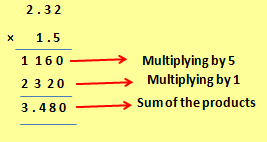
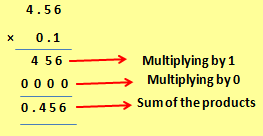
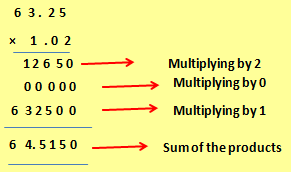
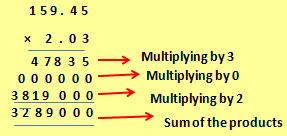
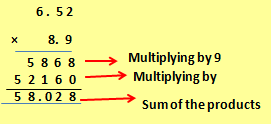






New! Comments
Have your say about what you just read! Leave me a comment in the box below.